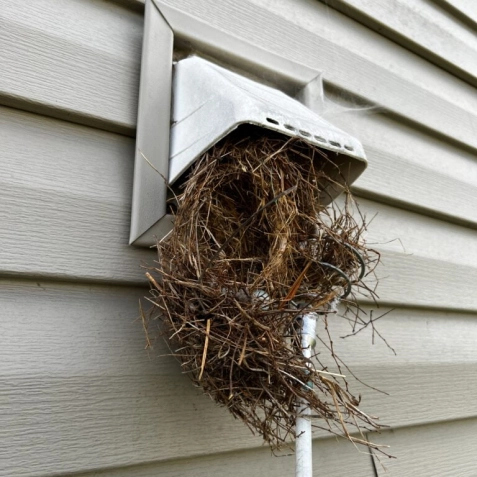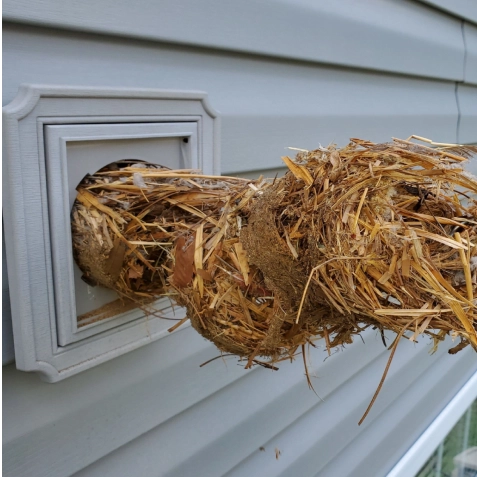Free Your Home From Bird Mess: Quick, Safe Nest Removal Services in Ottawa!
Bird nests, though seemingly innocent, can pose several threats to your property and personal wellbeing.
Firstly, they harbor parasites and diseases that put human health at risk, especially when located near entryways or children’s play areas. Secondly, blocked drains and gutters caused by nesting materials can trigger water damage, compromising structural stability and inviting wood rot or mold growth.


Thirdly, tangled wires and ignitable debris raise the specter of fire hazards, threatening lives and possessions alike.
Lastly, allowing birds to nest undisturbed encourages population expansion, increasing noise pollution and aggressive behavior. Seeking timely assistance from trained professionals ensures responsible treatment of displaced avian families while simultaneously protecting your interests.
Implementing strategic prevention plans alongside swift removal services secures a harmonious balance between nature conservation and domestic security.
Book Your Bird Nests Removal Service Now!” Shield your loved ones from disease.
Live healthy! Breathe healthy! All you have to do is contact us to book an appointment.
we pride ourselves on delivering unsurpassed quality and lightning-quick responsiveness tailored to suit your distinct requirements.
Expect nothing but perfection accompanied by an unflappable commitment to serving you whenever duty calls – join thousands of satisfied customers basking in our trademark blend of expertise, urgency, and genuine connection.
